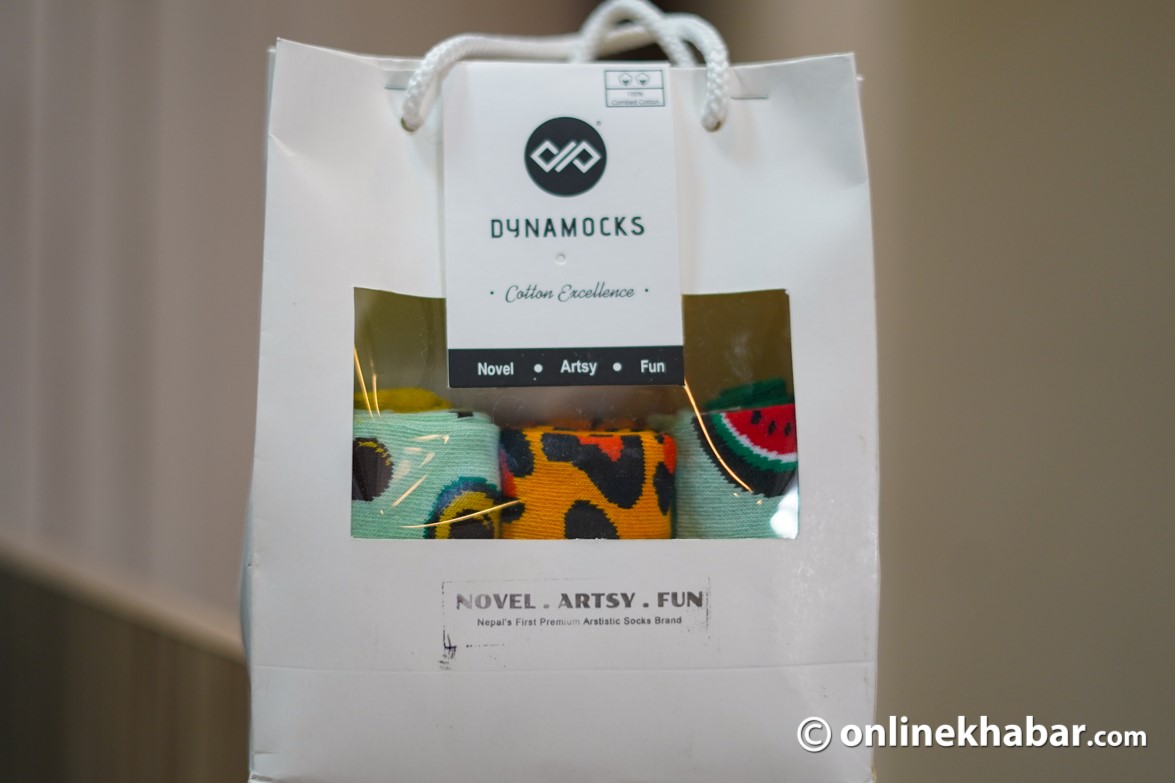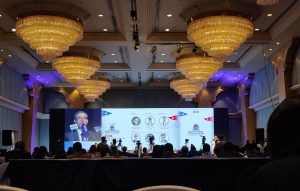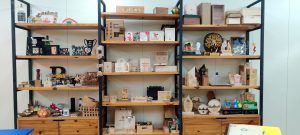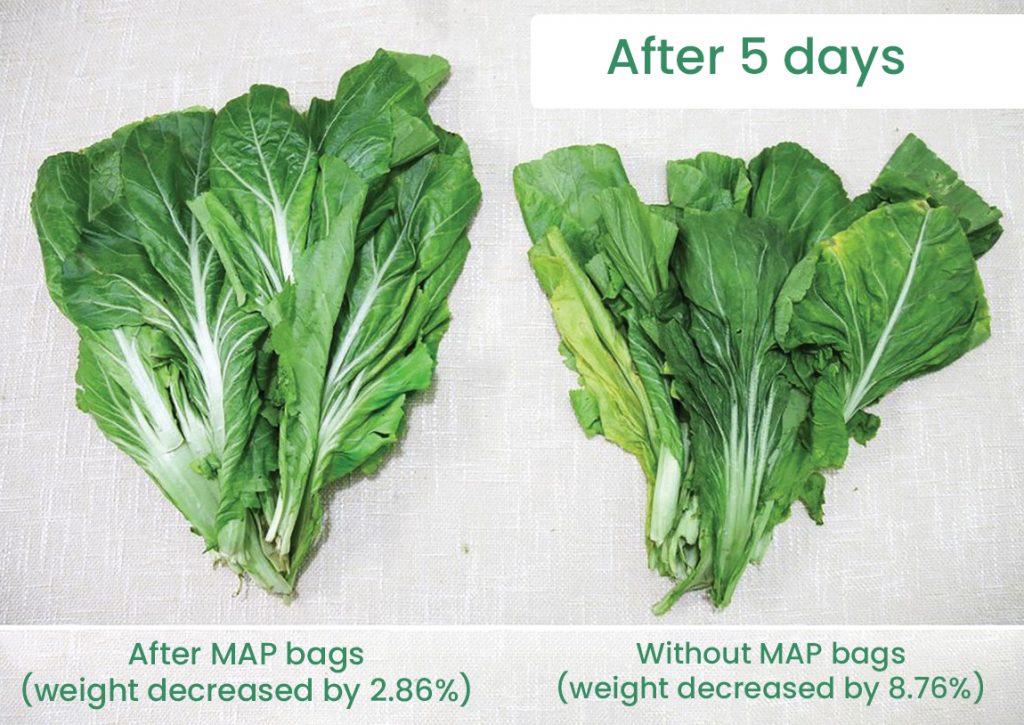
For Jeevan Raut, an entrepreneur and a farmer from Bhojpur, selling the rayo saag (mustard green leaves) was a headache. “The leafy vegetables start changing colour within three to four hours of being under the sun so it had always been a hassle to transport and sell them.” But Raut today feels more relaxed while doing the same and has profited from it. All thanks to the MAP bags from Mandala AgriFresh…
Nepali farmers and producers like Raut see up to 40 per cent loss of production in the post-harvest phase. That is a significant amount that incurs a heavy loss for the producers and sellers. Add the cost of that loss with the transportation cost and all the points it crosses to reach your kitchen, and the price almost doubles. But Sophiya Tamang says this is avoidable and technology today can preserve and prolong the products from field to market and from market to plate. It is just a matter of knowledge.
Tamang, who is the CEO of Mandala AgriFresh, is leading a team and working on solving this gap in the market. With the help of the said technology, Tamang says the shelf life of locally produced fruits and vegetables can be extended. “For instance, the shelf life of green leafy vegetables like coriander can be extended by two to three days while for fruits like kiwi and avocados, it can extend up to two weeks.”
So what is this technology?
Keeping it fresh

Mandala AgriFresh is a Nepali startup working to improve the post-harvest practice and transporting system, from the local farm to the market. For that, it has imported and made use of two of the proven technologies modified atmosphere packaging (MAP) bags and ethylene absorber sachets or pouches. “We have introduced the two technologies for a trial period now, starting December 2021.”
So, is it a new technology? Not quite! The MAP bags are an American technology that has been tested and adopted by the Indian market too in both the floriculture and horticulture sectors. Likewise, ethylene pouches are also a tested product adopted by many vendors and sellers. Nepal has been testing and studying the technologies too.
Mandala AgriFresh too is experimenting with the technologies in different places simultaneously., “We are working on selected commodities in selected pockets of the country. We are working on mangoes in Siraha and Saptari, carrots in Chitwan and Kathmandu, red cherry pepper chillies and lime in Bhojpur, apples in Mustang and Jumla, oranges in Syangja and kiwis in Ilam. We are also working in Chitwan, Dailekh and Bhojpur with green leafy vegetables.”
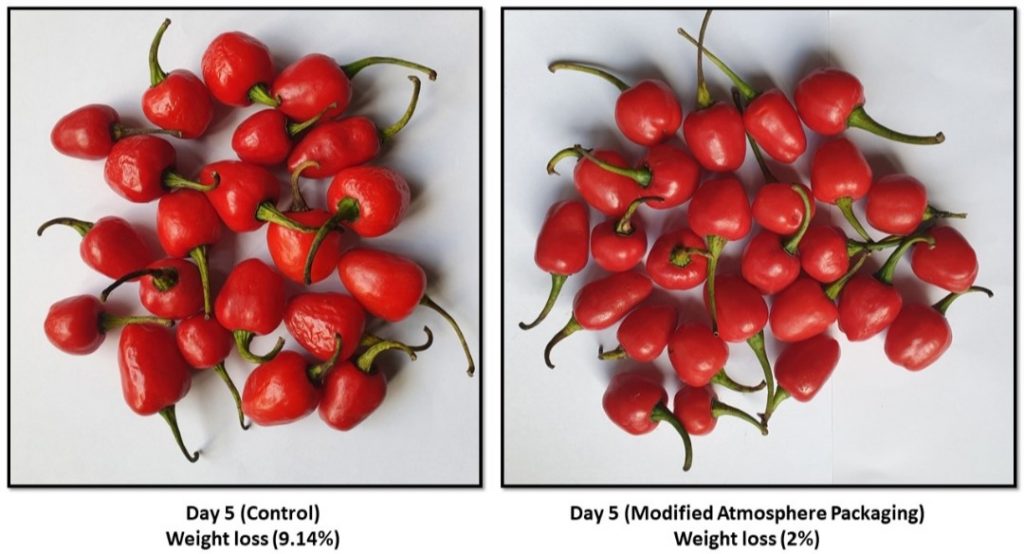
Tamang further explains, “We have signed an agreement with the local farmers and producers. We also did orientation sessions, in which they were made familiar with the good agricultural practice from the sowing period, with little to no chemical fertilisers. By doing that, they can add value to their fruits and vegetables, which we call safe food, to get more price and market too.”
Raut shares that working with the Mandala AgriFresh has been profiting him and is promising. He also confirms he is getting good prices for chillies, lemons, avocados and rayo saag he has been selling to them. “For the selected items, I keep them in priority and sell the batches on a weekly basis for the past six months or so. And if surplus, I sell them to others in the market. I have started growing dragon fruits now and will soon sell them too.”
“Another thing we are focusing on with the farmers is the small behavioural changes in their fruit-picking habits and practising caution while transferring the products from one tray to another as well as while transporting. We have found that even that helps farmers face five times less loss in their harvest,” she adds. Cold storage also helps prevent the loss by 10 to 15 per cent, says Tamang.
How the company started
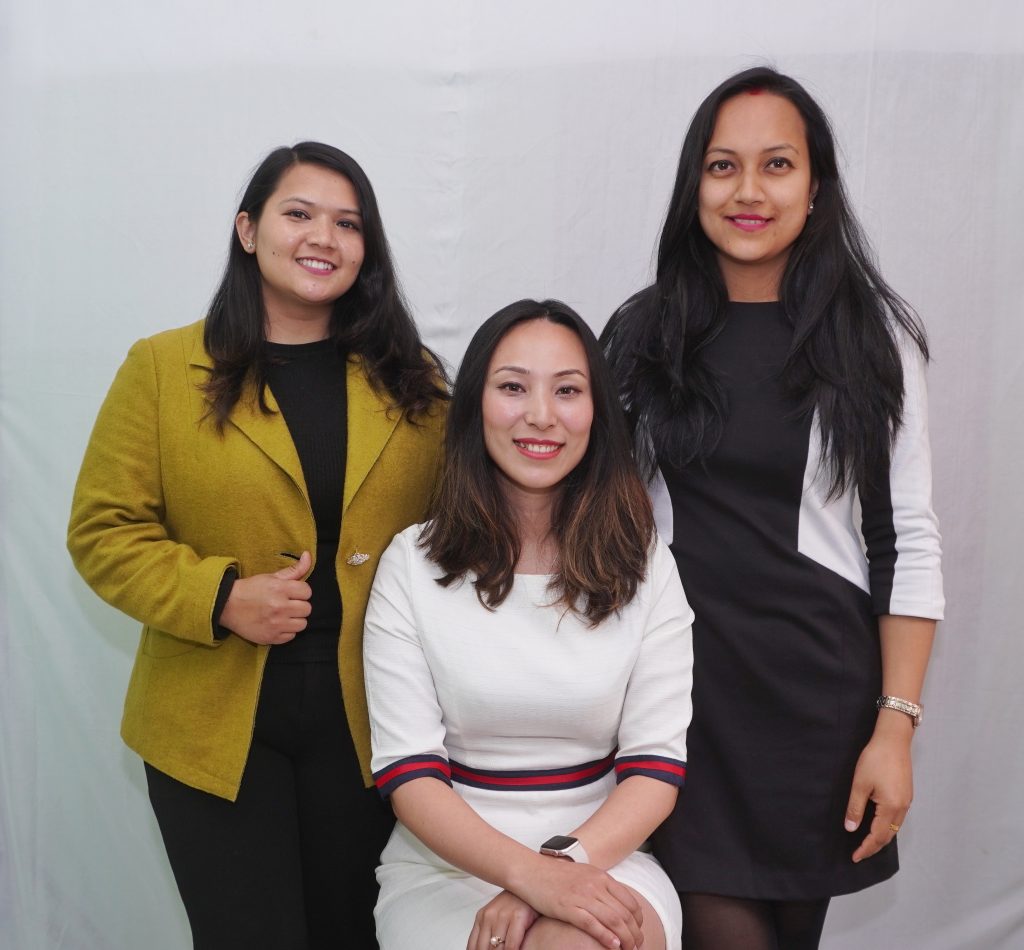
Like many companies that are starting to get their footing today, Mandala AgriFresh also started operating during the Covid lockdown. Tamang says her husband working in the post-harvest business gave her the idea to start a business in the sector.
“That time, the vegetables were being thrown away. By April 2020, we had seen and realised that there was a gap in the supply chain and storage. So the two of us and a friend in Japan got together to start the initiative. It got an official form in November 2020, after onboarding more similar minds.”
So, they first started working on the issue of storage and worked on the cold storage system to extend the shelf life of the vegetables and other products. “We continued that for more than a year and simultaneously worked on correcting the post-harvest knowledge. Only in December 2021, we started working on ethylene absorber sachets.”
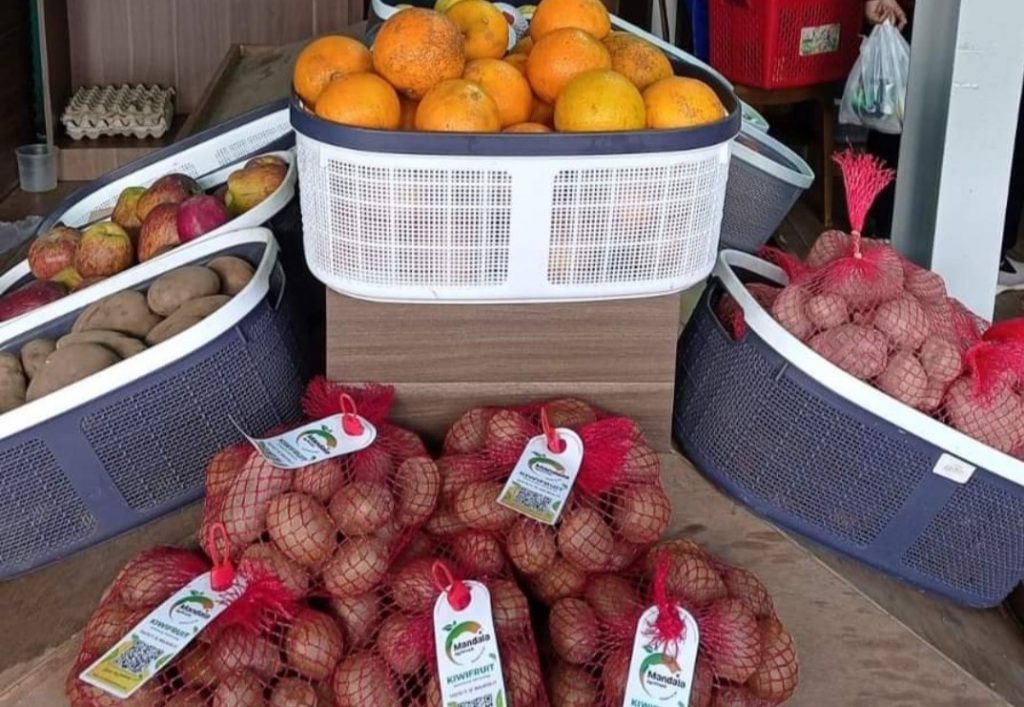
But since the technology is new, there is some gap in the startup being able to make all the farmers understand, “Many who have been doing it for generations might feel uneasy with the new technique. We strike a deal that they are comfortable with us.”
“We are very mindful that the farmers should not be bothered or pressured to change their ways for us. So, we show them the difference and techniques to produce, sort and grade their fruits. Many who have connected with us are following what we suggested,” shares Tamang.
So, Mandala AgriFresh has struck up a deal with more than 800 local farmers from the above-mentioned districts. Though the farmers’ base is from outside, more than 80 per cent of the startup’s end market is still in Kathmandu.
Hope for a sustainable future
Currently, the team is busy holding the trial in all the districts and doing research simultaneously. It already has three to five years of plan in the pipeline aiming to work on it better. “We soon plan to publish research papers based on the trials.”
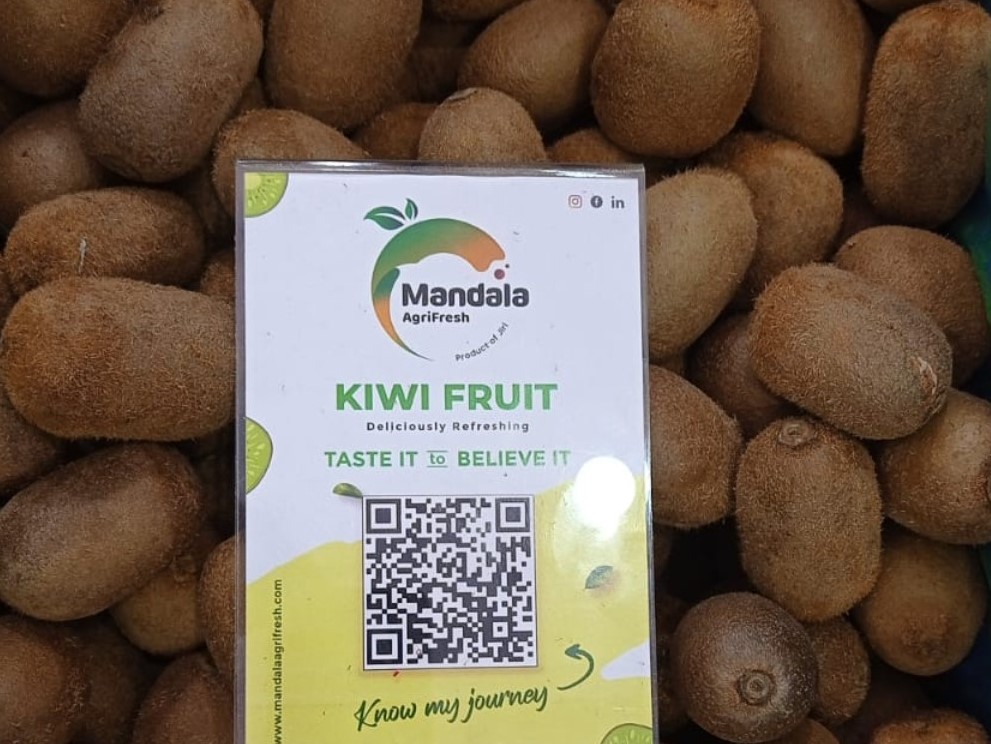
On the sidelines, Mandala AgriFresh has also collaborated with AgriClear to implement a product traceability software app, on which the consumers can get all the details of the journey the products they are buying have made and about the producers. They can do this by simply scanning the QR code that will be on each package.
The company has also received an award grant from the Water and Energy for Food (WE4F) for two years starting July 2022. It was also shortlisted for the Sahaj Challenge Fund.
For the future, the team is also thinking of establishing warehouses for the storage of fruits in the next five years, depending on the need. It has plans for two warehouses in Kathmandu, each with a capacity of 10 metric tonnes and one in Ilam with a capacity of 5 metric tonnes.
Though the technologies are capable of reducing the waste that the farmers might sustain, they do not guarantee zero waste. To address that gap too, Mandala AgriFresh now wants to test a percentage of the fruit produced and turn them into juice, pickles and spreads and focus on giving more opportunities to the farmers and local producers, concludes Tamang.







